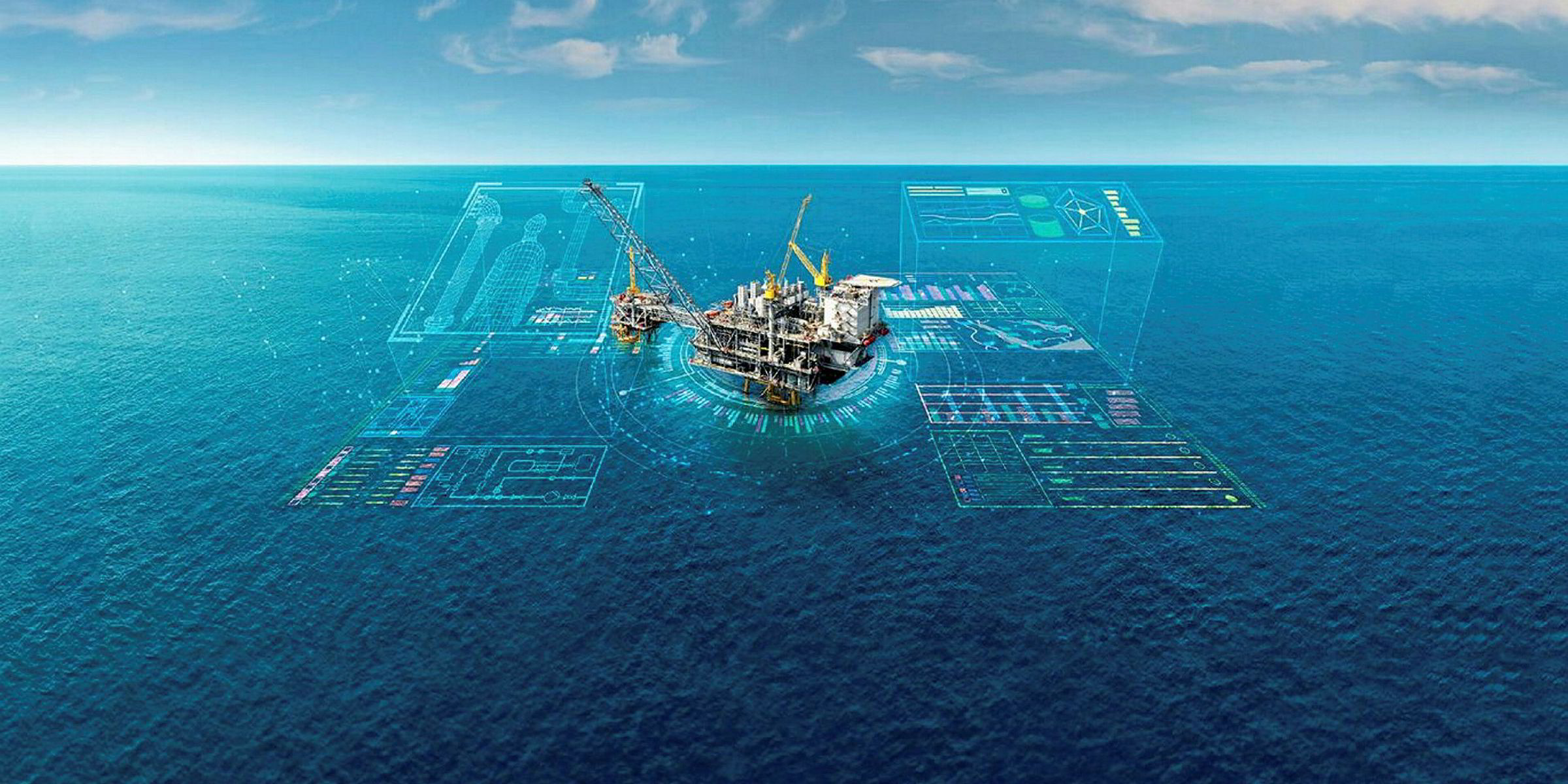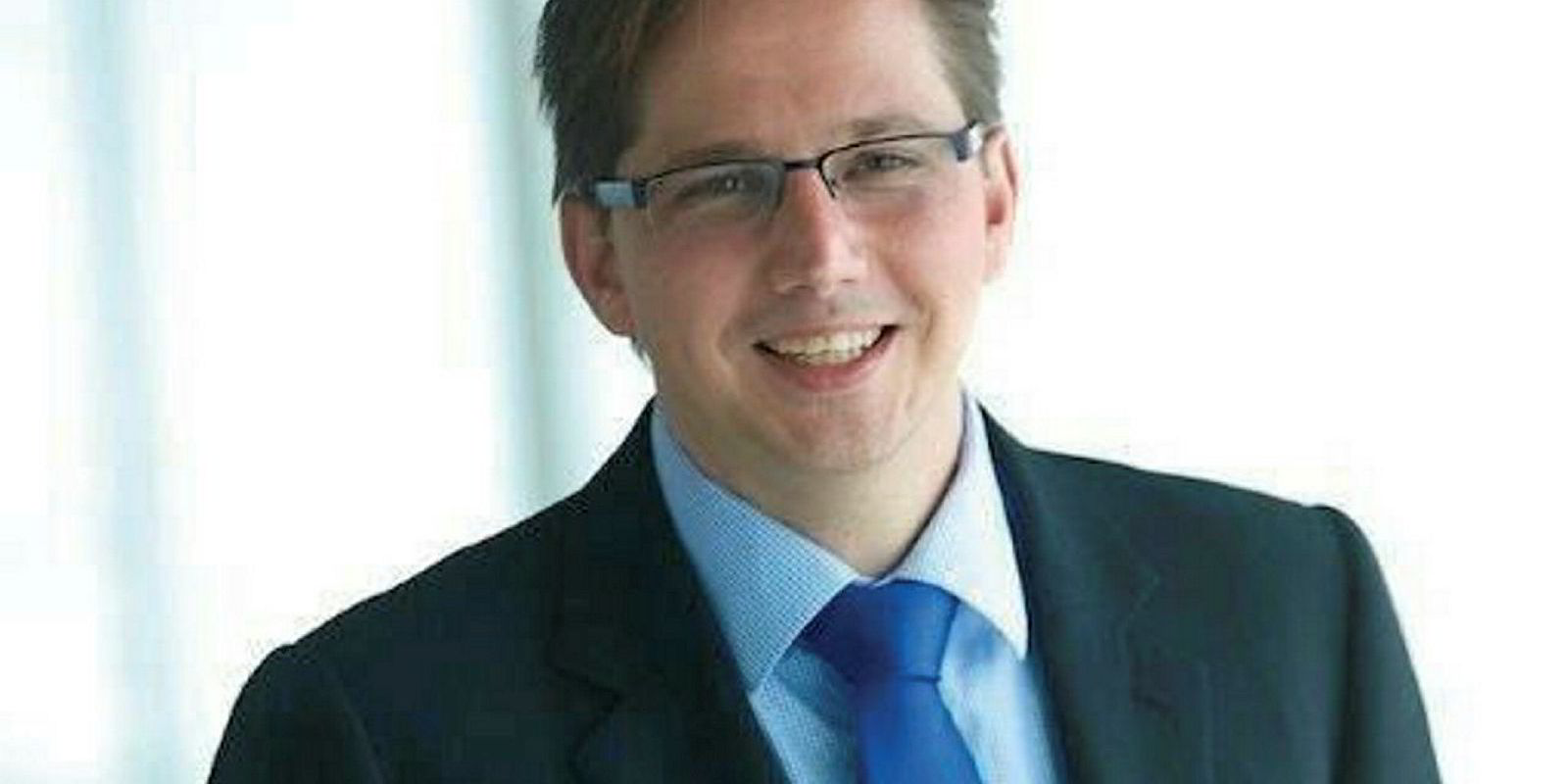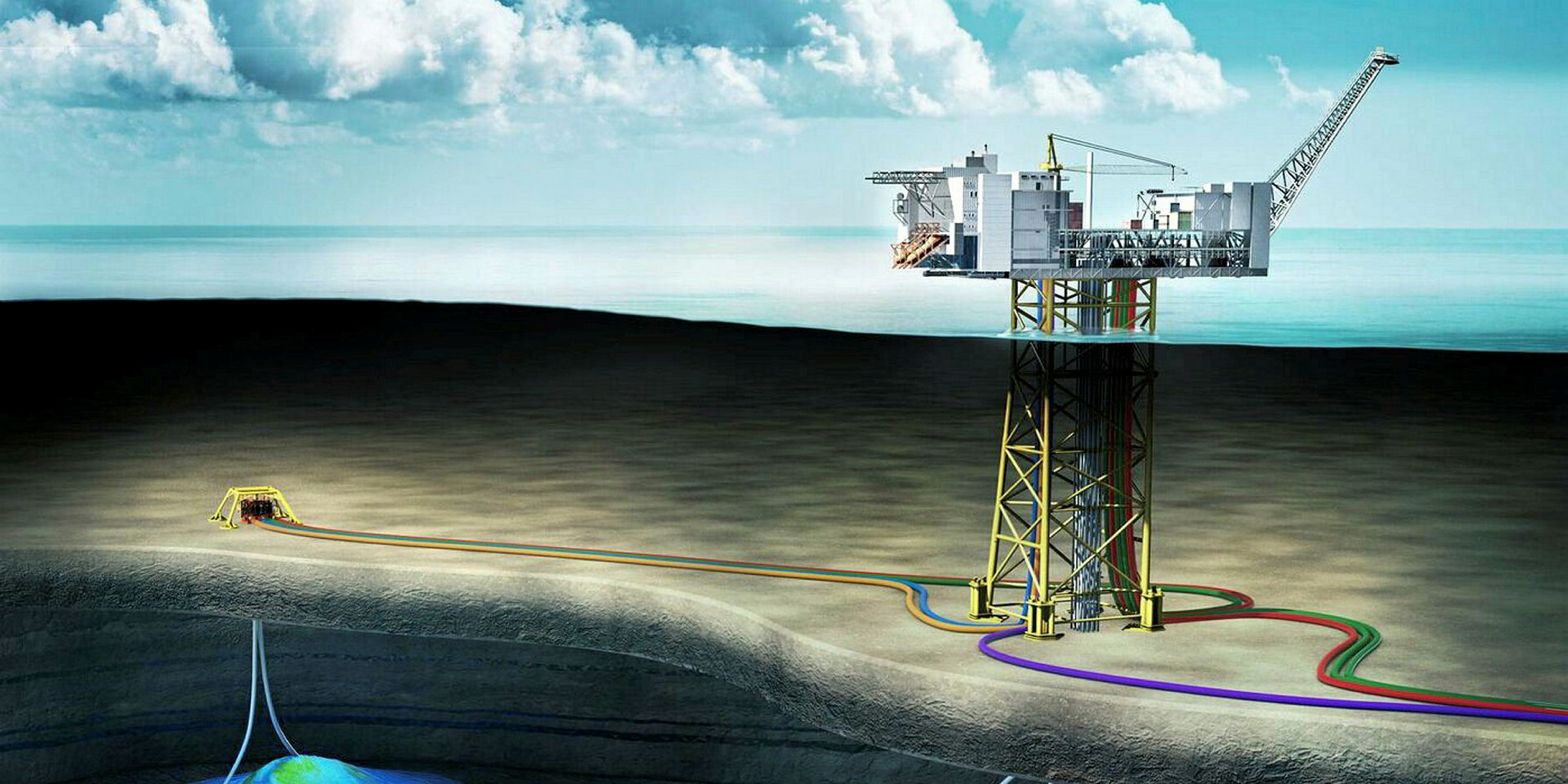Siemens’ new Topside 4.0 initiative, which it describes as “a digital lifecycle solution,” targets the offshore production industry. The offering is centred around the “key modules” of compression, power generation, power distribution and automation, the company says.
Topsides 4.0 starts during an offshore project’s concept selection and design phase, when it’s possible to identify and avoid redundancies in processing systems and minimise interfacing risk.
It enables digital project management and manufacturing, virtual testing and commissioning, and delivers what Siemens calls an “intelligent digital twin” of the topsides — a digital replica of the plant, process and automation systems that shows how they interact. The technology reduces costs over a facility’s lifecycle through performance analytics and optimisation in the virtual environment.
“We say it’s an intelligent virtual twin because it knows how the equipment is going to behave,” says Thomas Sparks, vice president of Oil & Gas Strategy and Technology at Siemens.
“You can do improvements on the virtual twin, you can do training with the virtual twin, and that can have an impact on start-up.”

Sparks says the Topsides 4.0 service can reduce a project’s lead time by as much as nine months, cut capital expenditures by $10 million and operating costs over 10 years by as much as $100 million.
The numbers are significant in a lower-margin offshore climate.
“How can we bring the overall value proposition to the oil and gas industry? That is our role in the technology department — to understand the customer’s needs, look in the Siemens portfolio of solutions and bring them into the industry,” Sparks says.
“Those customer needs have changed a bit in the low oil price environment. Everybody is focussed on lower capex and operating costs, much more than they have been in the past.”
The new initiative is part of an overall push to bring down costs, he says.
“It’s about leveraging new technology to get there. Digitalisation is one effort, but not the only one.”
Two recent Siemens acquisitions have significantly enhanced the company’s oil and gas capacity. In 2014, Siemens acquired Rolls-Royce’s gas turbine and compressor business along with access to its aero-derivative technology.
The purchase of Dresser-Rand the following year expanded the rotating equipment catalogue as well as Siemens’ reach in the oil and gas industry.
The acquired technologies are integral to the Topside 4.0 service, which is complemented by Siemens’ expertise in electrical systems and automation, Sparks says.
The company is also drawing on its track record in digital technology, for example its work with the Barcelona rail network to ensure on-time train service and the imaging techniques developed within the Siemens health care division. Those technologies have applications in the upstream business, he says.

We can take a much greater scope on a vessel such as an FPSO and apply the existing solutions from other industries, integrating them and bringing in digitalisation.
Thomas Sparks, Siemens
“This is the package we are providing to the oil and gas industry,” he explains. “We can take a much greater scope on a vessel such as an FPSO and apply the existing solutions from other industries, integrating them and bringing in digitalisation.”
Project design “in a virtual environment” avoids redundancies by allowing engineers to predict how systems will work together, make necessary adjustments and determine the optimal topside design.
“We have, to a certain extent, already applied these technologies to existing platforms,” Sparks says, citing Aker BP’s Ivar Aasen platform on the Norwegian continental shelf.
The fixed platform, which came on stream at the end of 2016, is monitored and controlled remotely from an operation centre in Trondheim.
“De-manning the platform has had a huge impact,” he says. “If you can de-man the platform you don’t need living quarters, you don’t have to fly people out there, and there are huge savings. Offshore platforms are the most expensive hotels on earth.”
Taking full advantage of the Topsides 4.0 offering requires collaboration from the outset, he says.
“It starts at the design phase. You can’t really do it on a brownfield, just elements of it,” he says. “We really need to be involved in the beginning.”
Siemens is targeting the FPSO market for an opportunity to prove the Topsides 4.0 concept and the benefits of greater digitalisation.
“It’s a journey,” he says of the digital revolution. “Some companies have adapted to it.”
